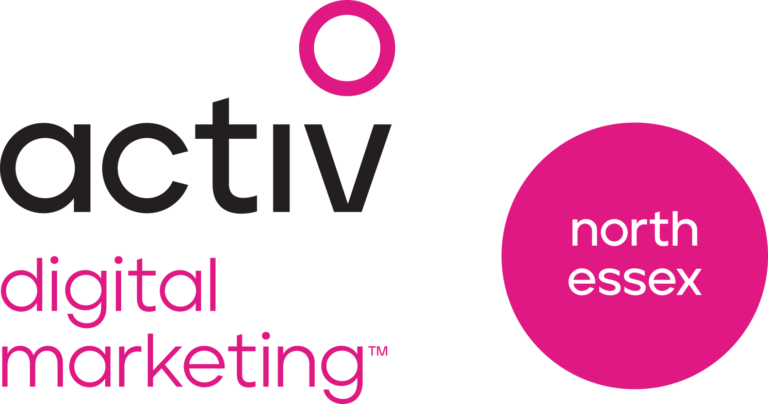Waiting for your pages to load?
According to recent consumer data, 47% of consumers expect a web page to load in 2 seconds or less, whilst 40% of people abandon a website that takes more than 3 seconds to load. Google also considers page speed when ranking them in search results. These are reasons enough to take a look at your website page speed in more detail.
Often, the consumer may not realise that there are factors outside of the website owner’s control including using mobile data like 3G to try and access web pages or using insufficient website browsers.
Factors that can improve your website page speed
However, there are many factors within the control of website or digital marketing agencies who are building client websites so we’ve put together a list of things they should be able to check for you:
- Reduction of HTTP requests
Each time you visit a website, a HTTP request is created for every component on that web page. Yahoo records that 80% of website load time comes from downloading parts of the web page like images, stylesheets and scripts, so the more components, the more requests. - Optimise your images
Your website visitors can often become frustrated at page speeds thanks to the use of large image files. Don’t sacrifice the quality of your images to improve page speed, but reducing the files will help. There is no need for website images to be larger than 1MB and you can often achieve the desired effect with files much smaller than that. - Tackle your media library
A well-loved website can often become a bit swollen with images over time. All of your old images you no longer need, anything unused or branded with logos from some time ago can all be deleted. Deleting unnecessary files will clear space and speed up your page load times. - Tidy up your database
Much like your media library, your website database can overflow with unused information and optimising your database by identifying unwanted data will help your website hosting server to fetch information more efficiently. - Try to avoid URL redirects
The use of redirects can sometimes be unavoidable especially when it comes to the protection of your SEO value. However, the process slows the speed of your page as it transfers from one file to another – it’s seconds of course, but it all adds up! Try to avoid or minimise the number of redirects. - Minify CSS and JavaScript
Minification will strip out unnecessary characters, spaces, comments and functions in your code. The process will result in streamlining the data so that you have a more efficient load time on the page. - Streamlining your HTML
If your website is built using HTML, you may find that your code contains 5-6k lines of code prior to adding any content, this means your HTML is bloated which can impact performance. Streamlining it will accelerate your site speed. - Expires Headers
This option can be great if your site receives a high number of returning visitors. Instructing the browser to request a file from the server or existing cache reduces the number of downloads and HTTP requests meaning returning visits to the page by the same computer bypasses those requests. - Distance from the server
It might sound obvious, but the further your data has to travel to reach the end user means it will take longer to reach them. At activ we use a CDN (content delivery network) to copy our website to servers around the world so it’s delivered as close as possible to the user. - Use a good server
activ have recently invested in improved servers which have increased the speed of our websites. Our TTFB (time to first byte which is server response time) has been cut in half by improving our server.
We could list many more ways to improve your website page speed and a good digital marketing agency will support you in making the necessary changes. We hope we’ve given you a flavour of some quick wins!
- CONTACT US TODAY
To find out more and how we can help you with your website and digital marketing requirements



